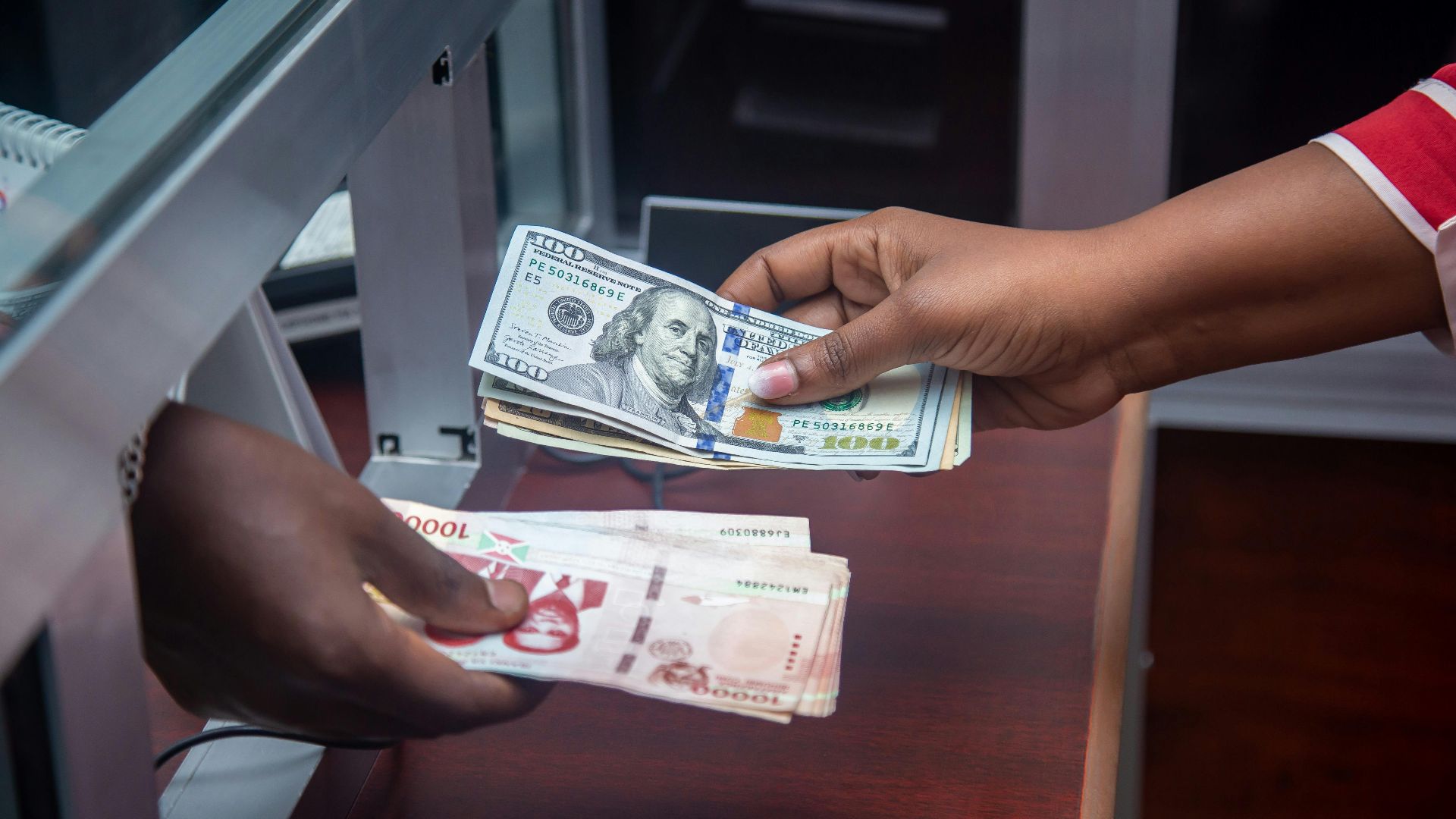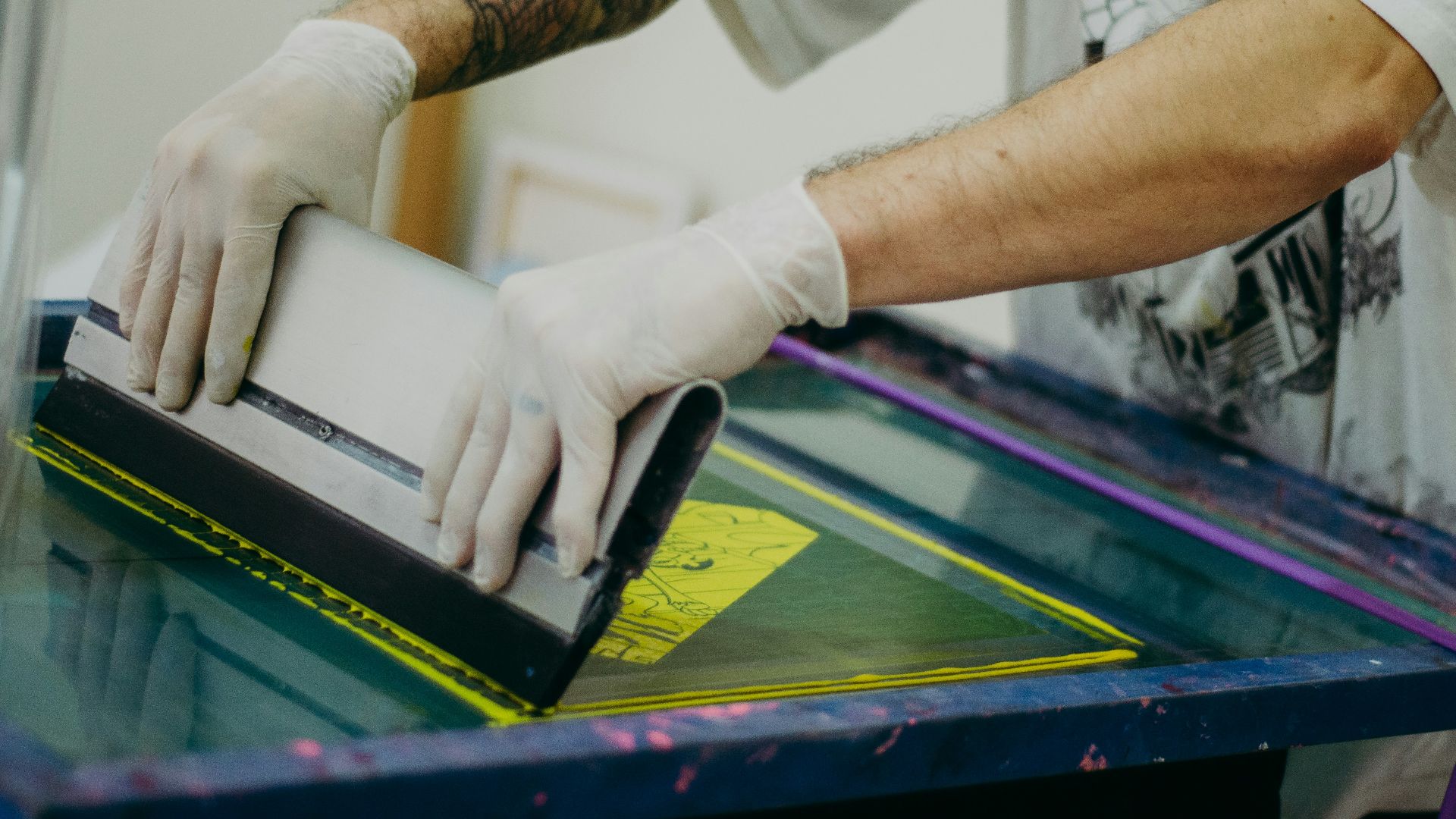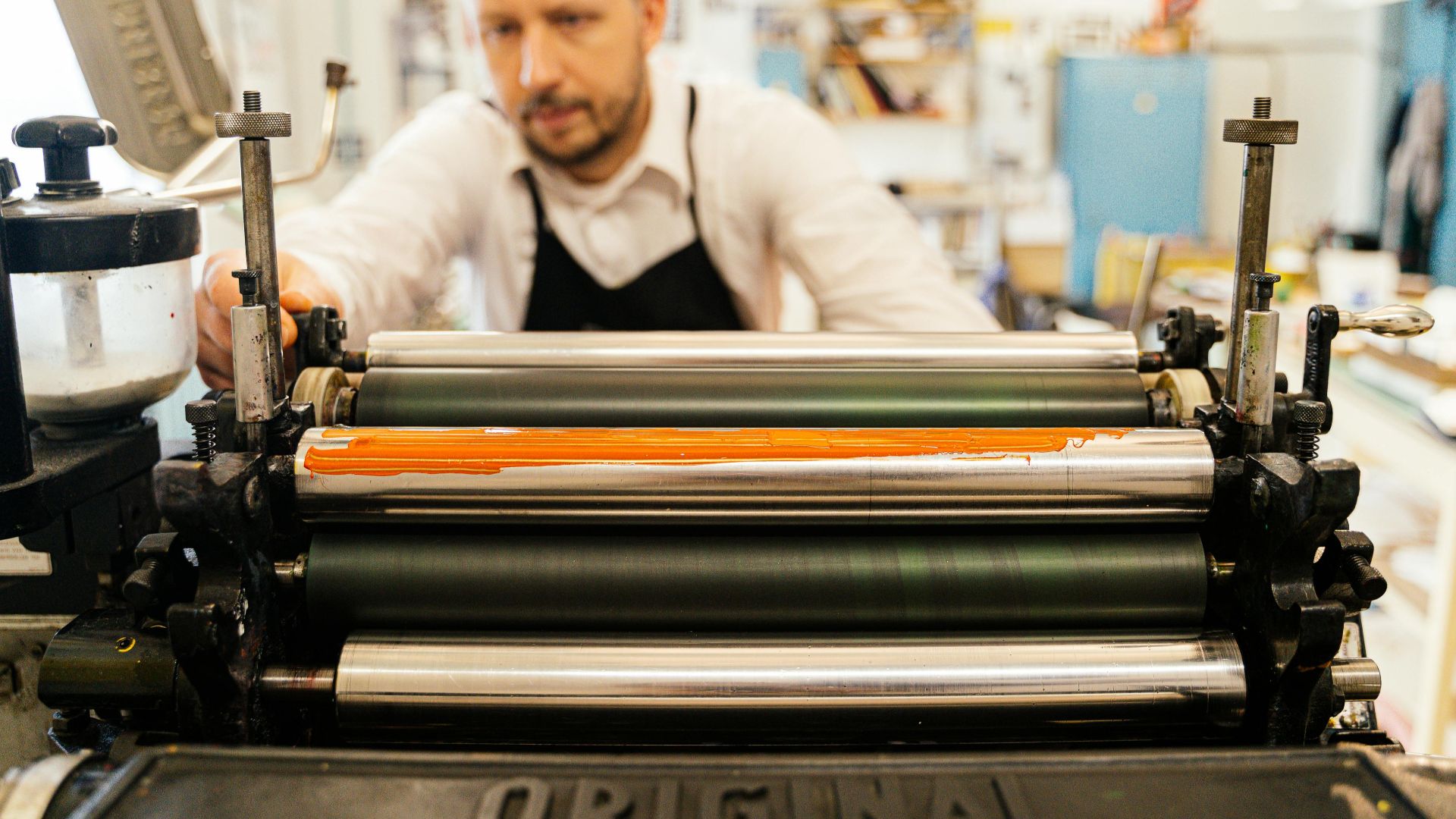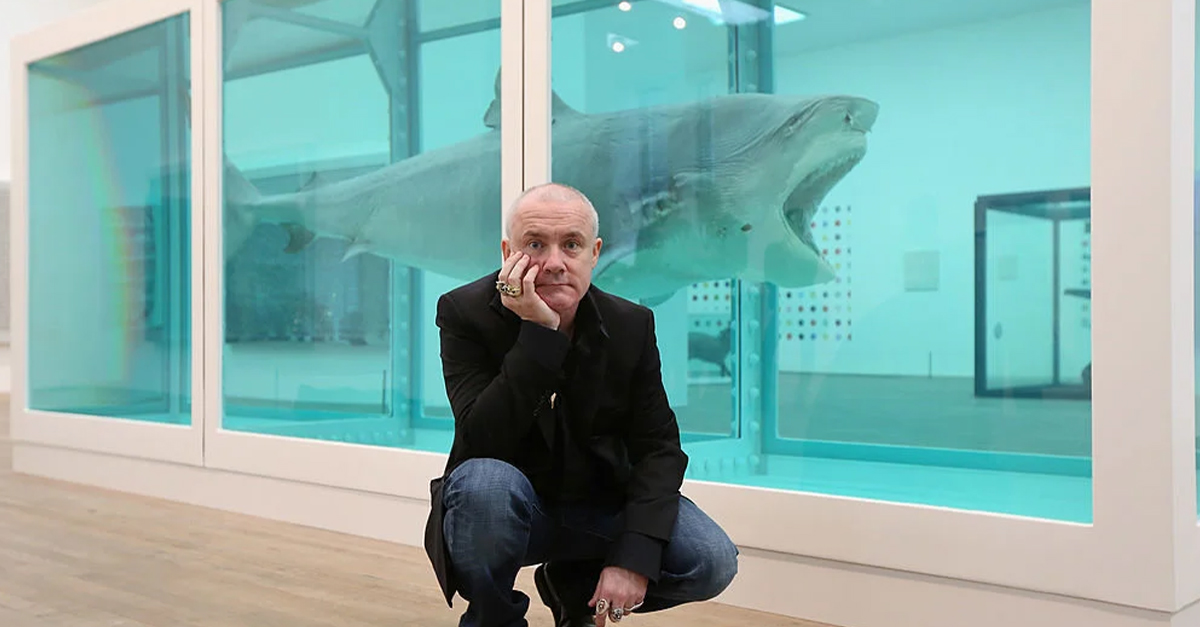From Designer To Counterfeiter
Jeff Turner was a skilled graphic designer and printer who found legitimate work in his trade. But when he got into financial trouble he decided to use his skills to creat counterfeit money. He taught himself high‑precision printing, colour‑shifting inks, and paper manipulation. Over the years what started out as curiosity became a full‑scale operation: producing fake U.S. bills sophisticated enough to fool parts of the Secret Service.
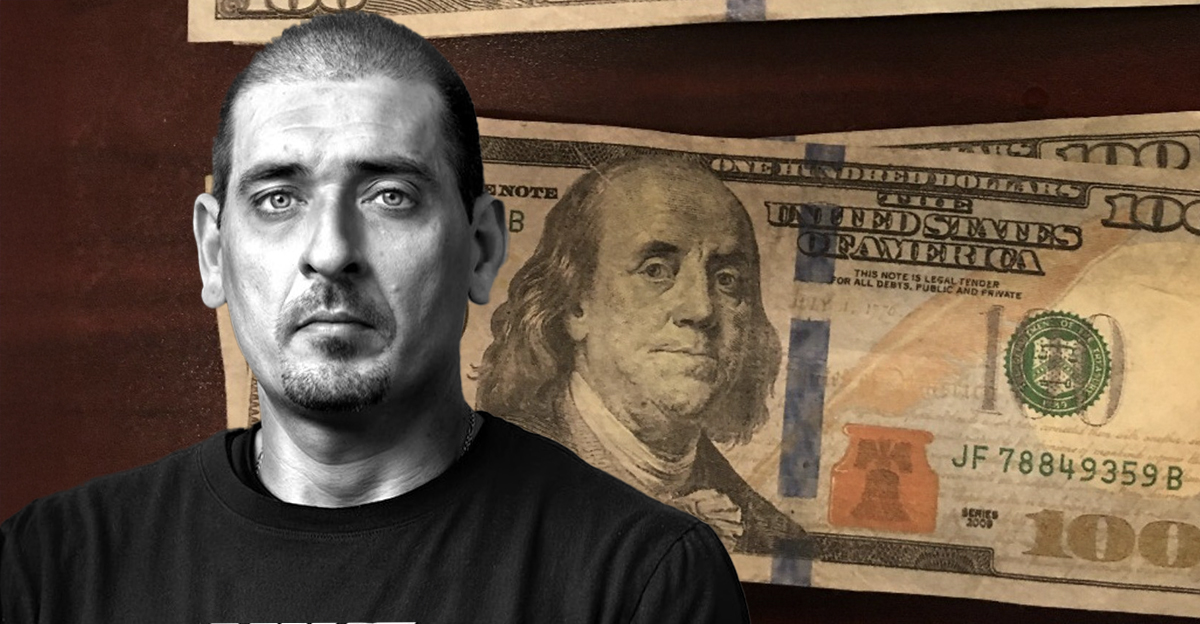
The Nickname 'Picasso of Counterfeiters'
Turner earned the moniker 'Picasso of counterfeiters' thanks to the artistic precision with which he was able to recreate US paper currency. Observers noted his use of ultra‑thin 'bible paper' glued to ordinary stock, custom inks, simulated watermarks, and security threads. Turner’s dedication to his craft elevated his crimes to what many considered a twisted form of art.
Techniques: Paper, Ink, Security Threads
Turner’s process included: using bible paper to mirror the thin texture of real bills; applying a matte lacquer to mimic the cotton‑linen feel; and using red invisible‑ink markers to replicate security threads under UV light. Turner studied every feature of the note to make his duplicates pass multiple tests.
Escalation From Bills To Distribution
Turner didn’t just print the phony currency in his basement; he built a whole network to distribute his fake bills. According to media coverage, he printed over a million dollars' worth of fake bills before his operation collapsed. His skill and ambition made him one of the all-time masterminds of the counterfeiting world.
Discovery And Federal Investigation
Eventually the US Secret Service closed in on Turner’s setup. His techniques became too sophisticated to ignore. During the ensuing investigation, he also cooperated with authorities, including providing toolsets, files, number logs and tutorials. This enabled him to receive a reduced sentence.
 U.S. Secret Service, Wikimedia Commons
U.S. Secret Service, Wikimedia Commons
Arrest And Legal Outcome
Turner pled guilty to conspiracy to defraud the United States by counterfeiting obligations of the US government. His sentence, initially anticipated to be years long, was reduced due to his willingness to cooperate with federal authorities. His story turned into a case study in how technical skills and criminal intentions can combine for nefarious purposes.
Risk And Falling Apart
Despite the panache with which he approached his artistry, Turner's operation was high risk. Paper trails, serial number logs, distribution channels; any one link in a whole chain of bureaucracy could bring the entire enterprise crashing down at any moment. Eventually the network fractured; the shrewd sophistication that earned him incredible wealth and public notoriety became his downfall.
 U.S. Secret Service, Wikimedia Commons
U.S. Secret Service, Wikimedia Commons
After Prison: Turning Life Around
Following his legal resolution, Turner shifted gears. With all the know-how he had acquired, it seemed like a no-brainer for him to move into legitimate printing, and to apply his talents for legal design and production instead of illicit bills. He now publicly states his commitment to staying sober, staying on the right side of the law, and using his past to educate others.
 U.S. Secret Service, Wikimedia Commons
U.S. Secret Service, Wikimedia Commons
From Crime To Education
Like other former financial criminals, Turner now appears in media and podcasts to share the story of how his skill became crime, how he was caught, and what he learned from all this. His personal transformation is a lesson in criminality, but in redemption and reorientation of his valuable skills.
Why His Case Matters Financially
Counterfeiting affects the economy by undermining public trust in currency, forcing higher security costs, and diverting resources toward detection of counterfeit money. Turner’s high‑level forgery is a classic example of how financial systems ultimately depend on public faith, and how criminals can exploit that faith.
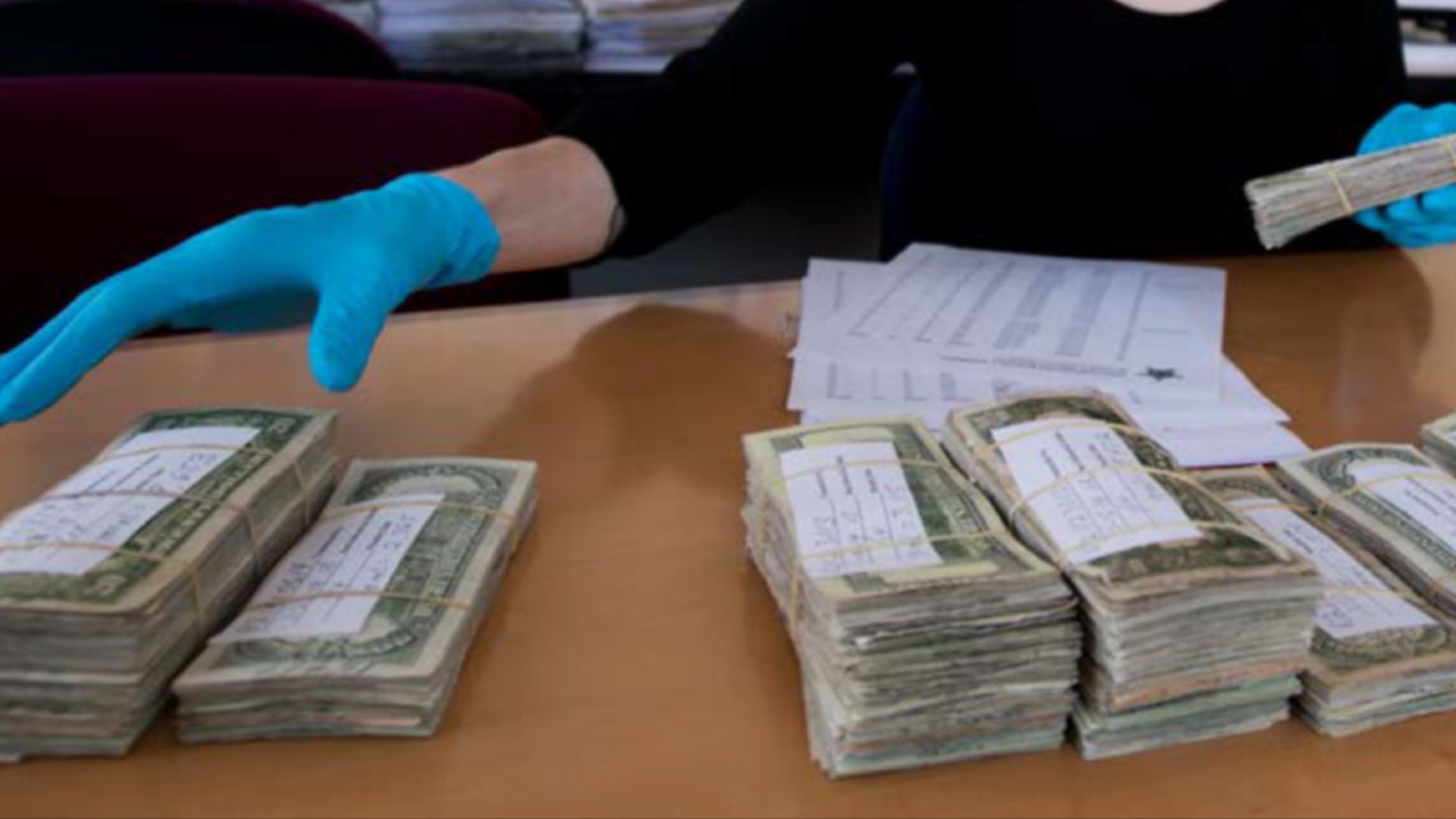 U.S. Secret Service, Wikimedia Commons
U.S. Secret Service, Wikimedia Commons
Techniques You Should Know
For financial professionals and consumers: Turner’s methods show what happens when someone masters the trade of printing, paper texture, ink chemistry, and distribution. Educating employees and partners on detection (watermarks, threads, feel) is a critical link in the security chain.
 U.S. Secret Service, Wikimedia Commons
U.S. Secret Service, Wikimedia Commons
Internal Controls And Risk Management
Organizations such as retailers, banks, and cash‑handling firms must implement robust internal controls. Turner’s case shows why even high‑tech fake bills can slip through unless staff are properly trained. Reverse audits, UV checks, and texture tests are all important parts of the security apparatus as well.
Consequences Of A Hardline Approach
When caught, counterfeiters face stiff federal penalties: lengthy prison terms; large fines; and asset forfeiture. Turner’s cooperation softened the outcome for him, but other miscreants may not avoid the full brunt of the law. It’s an expensive, life‑changing gamble.
Reputation, Redemption And Public Messaging
Turner’s shift from criminal to legitimate printer helps restore his reputation. It highlights how skill can be recast. For those working in printing, design or security industries, his story offers a cautionary tale and a model of remediation.
Lessons For Families and Advisors
From a family‑finance perspective: talent can be a liability without oversight. If someone has advanced skills (printing, design, technology), ensuring they channel it legally matters. If past mistakes have been made, they can be embedded until revealed. Be aware.
The Psychology of High‑End Crime
Turner’s story reflects more than greed—it's about ego, mastery, control, and identity. We can see in this pursuit some of the same satisfaction that a con-artist gets from duping an unwary person out of his hard-earned money. But there was also the pride in workmanship. He didn't print sloppy fakes; he produced artful bills. This internal driver reminds financial professionals that criminal behaviour can masquerade as craftsmanship or prestige.
Governance And Oversight In Currency Production
Central banks are constantly updating features like threads, microprint, and texture with the aim of stopping forgers like Turner. His case underscores why these changes matter, and how systems have to be constantly adapting to the ingenuity of fraudsters.
What’s Next For Turner
Today Turner runs a legitimate business, helping clients with design, printing and brand work. His story is still influential, cited in training and security literature, conferences, and media where the lessons of his experience can be absorbed by others.
Broader Implications For Financial Crime Prevention
Turner’s narrative is a microcosm of financial crime today: expertise, niche technique, distribution, detection failure and regulatory response. Organizations should recognize that criminals are often clumsy, but the Jeff Turners of the world can be extremely hard to catch. It means that control systems have to evolve accordingly.
 U.S. Secret Service, Wikimedia Commons
U.S. Secret Service, Wikimedia Commons
The Art of Redemption
Jeff Turner’s personal odyssey from designer to master counterfeiter to a reformed printer is extraordinary. For finance‑professionals and security advisors, it’s a reminder that even the most advanced anti-counterfeiting measures can be overcome with enough expertise and persistence.
You May Also Like:







